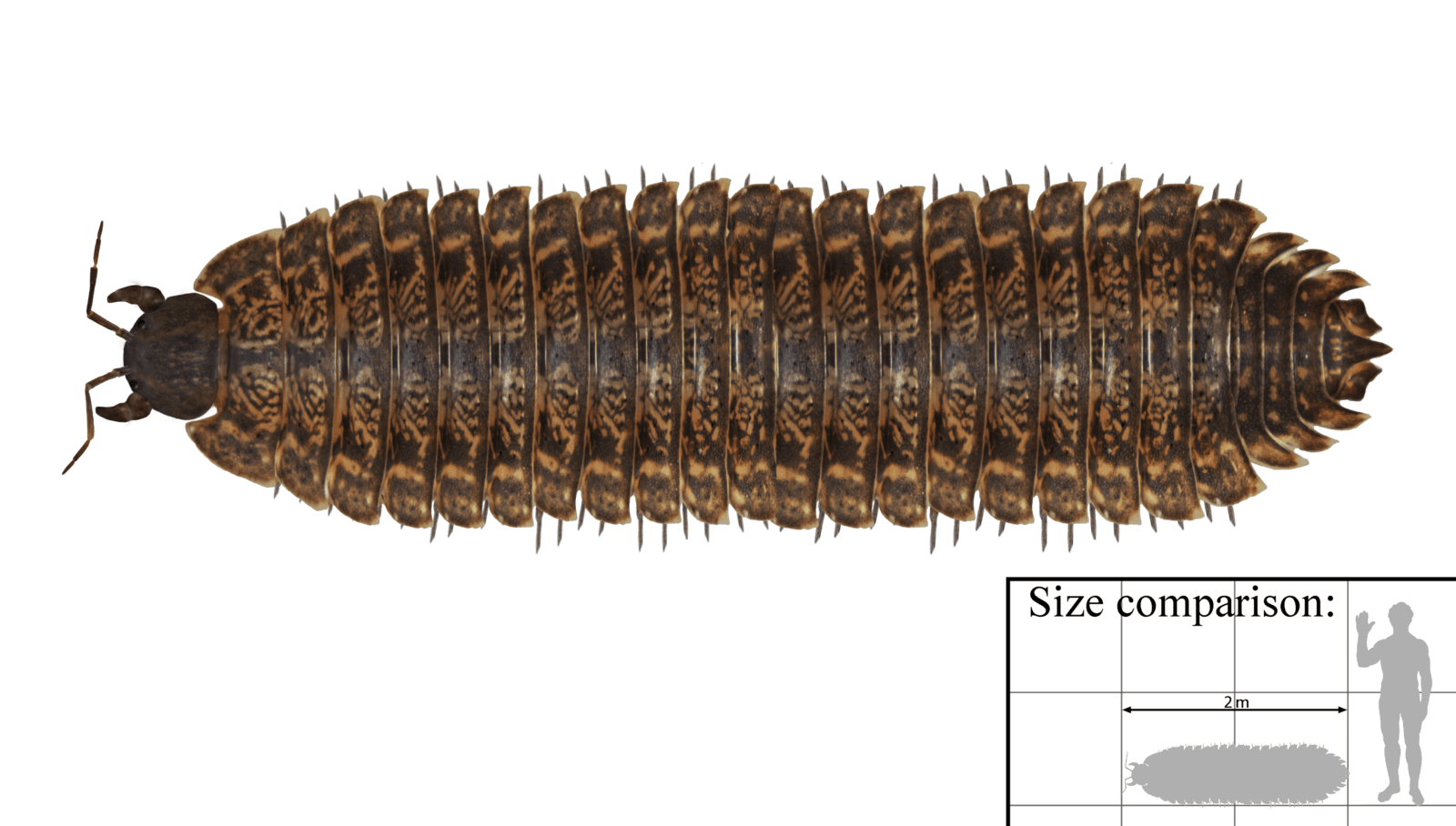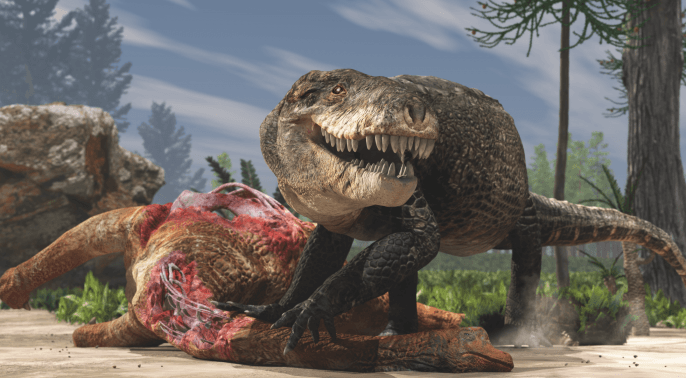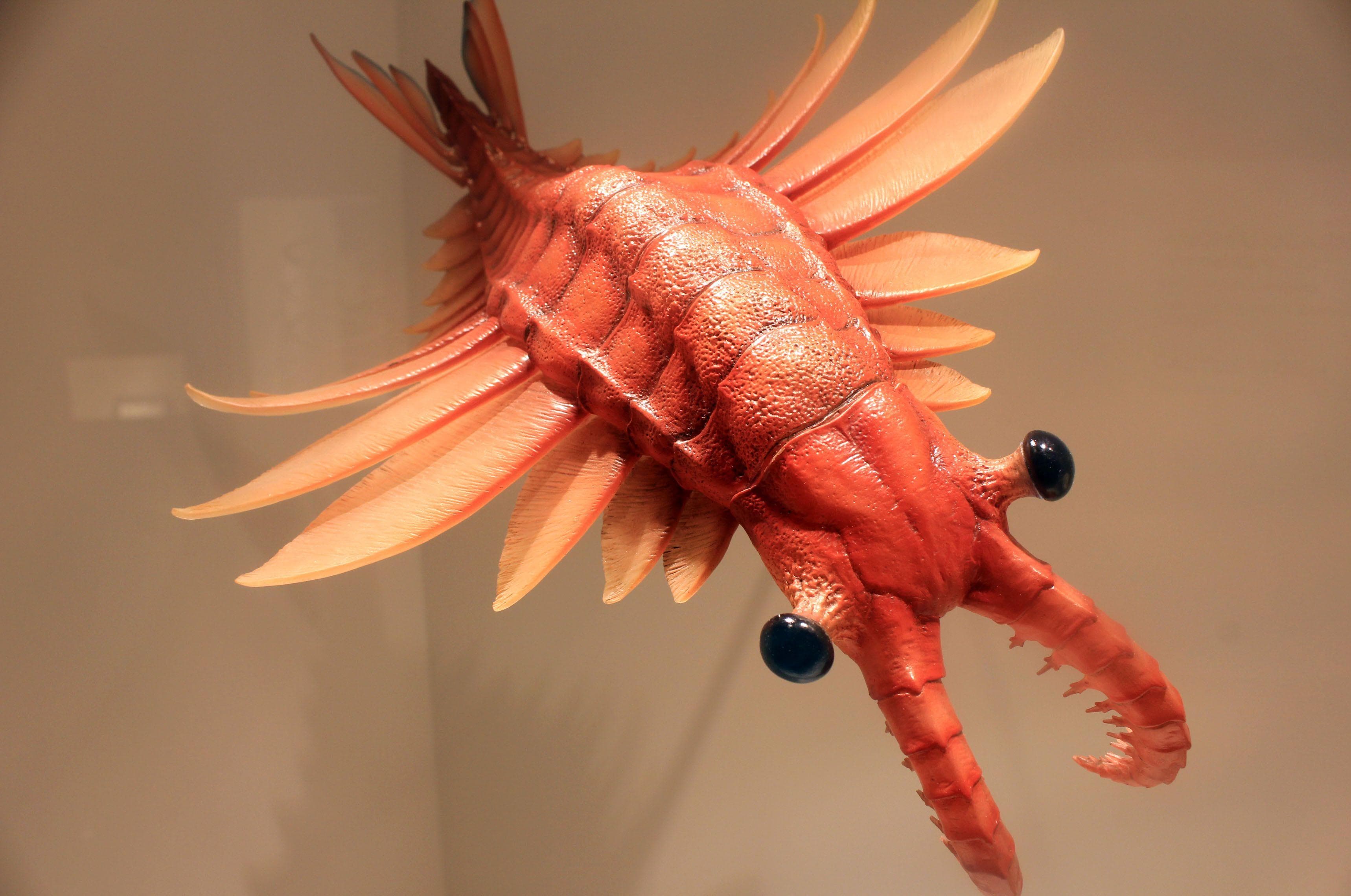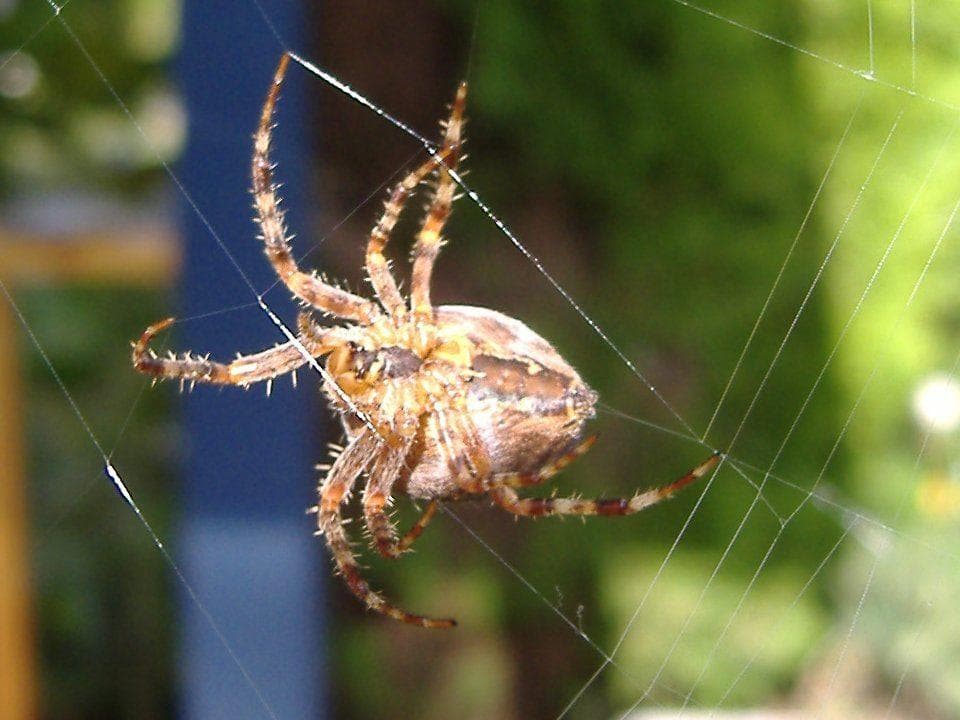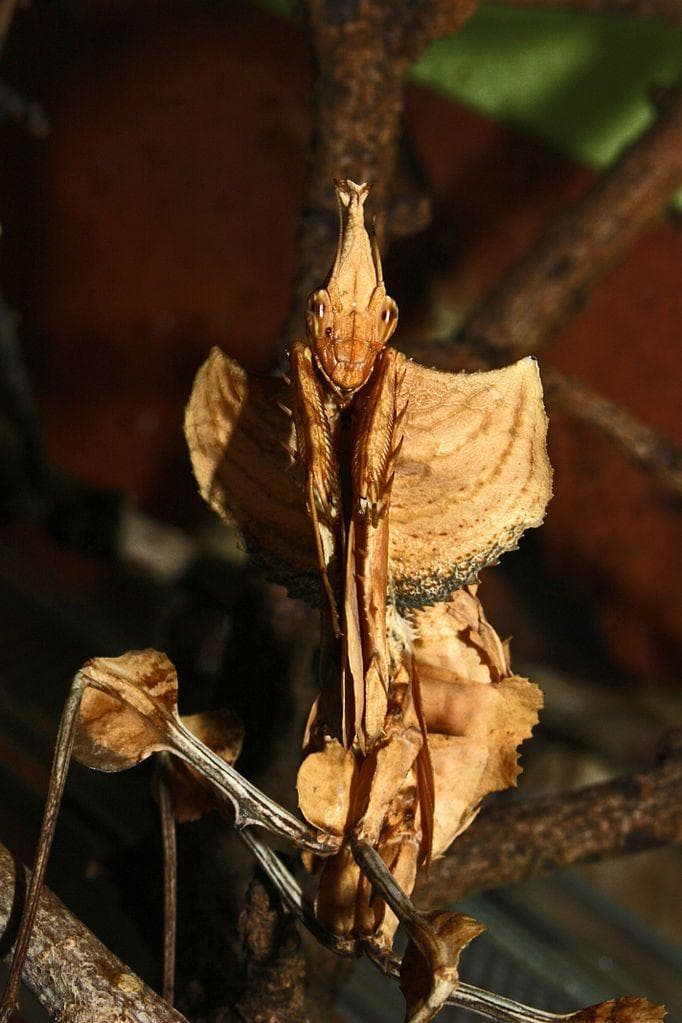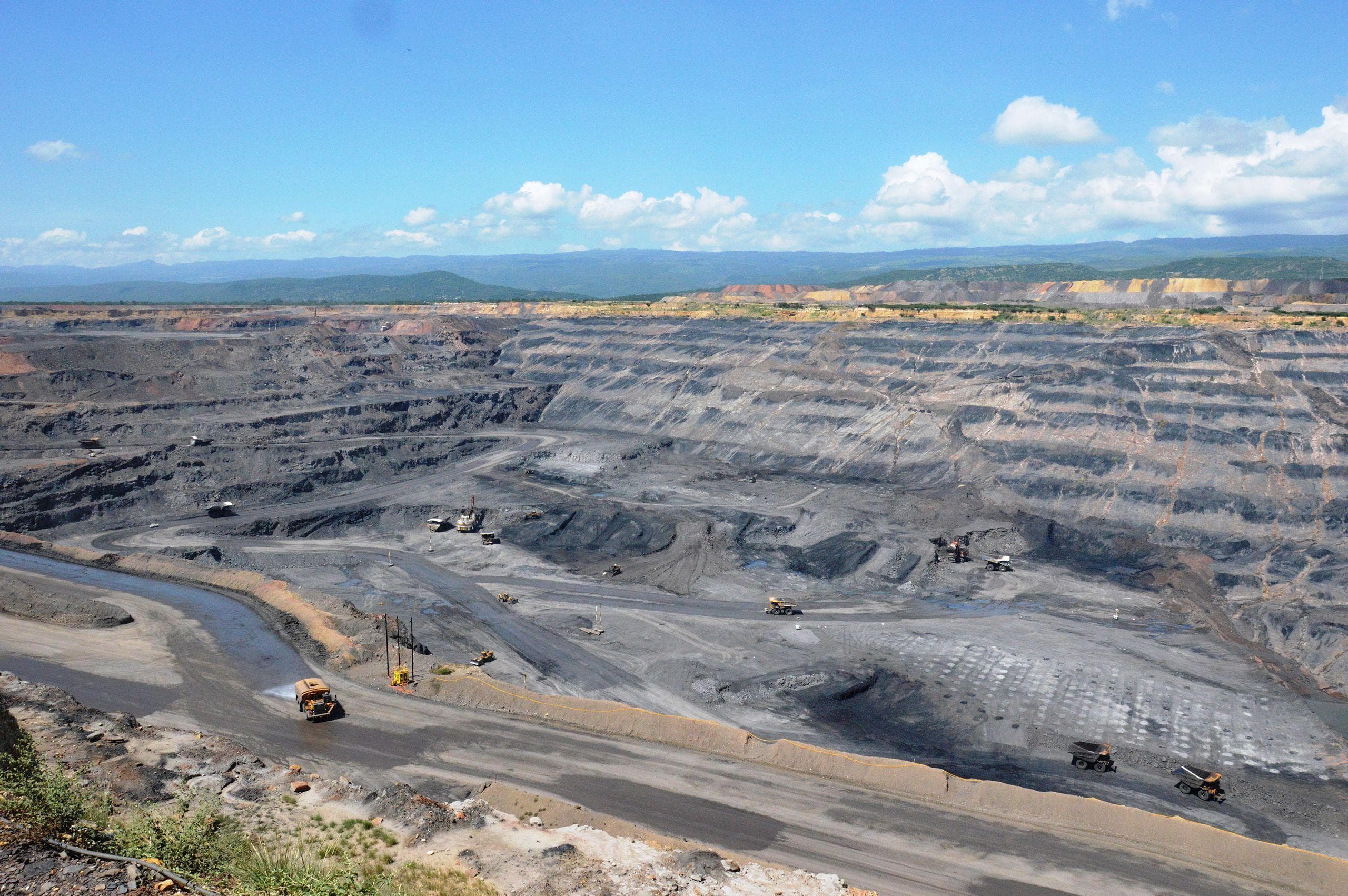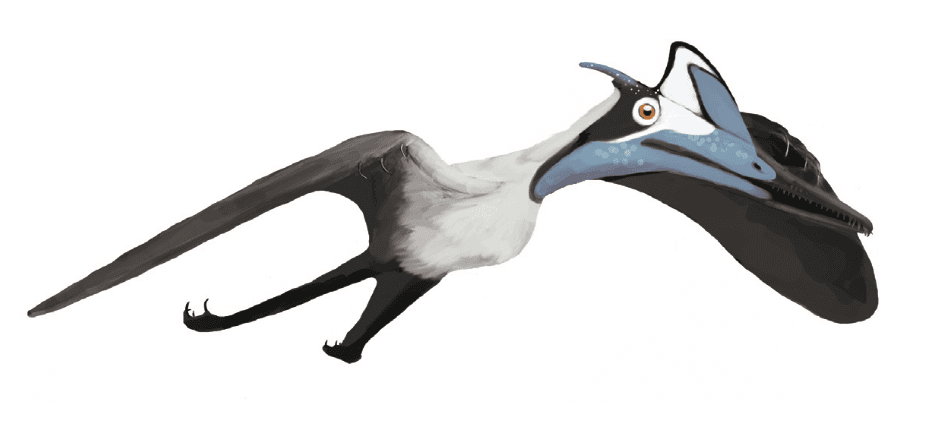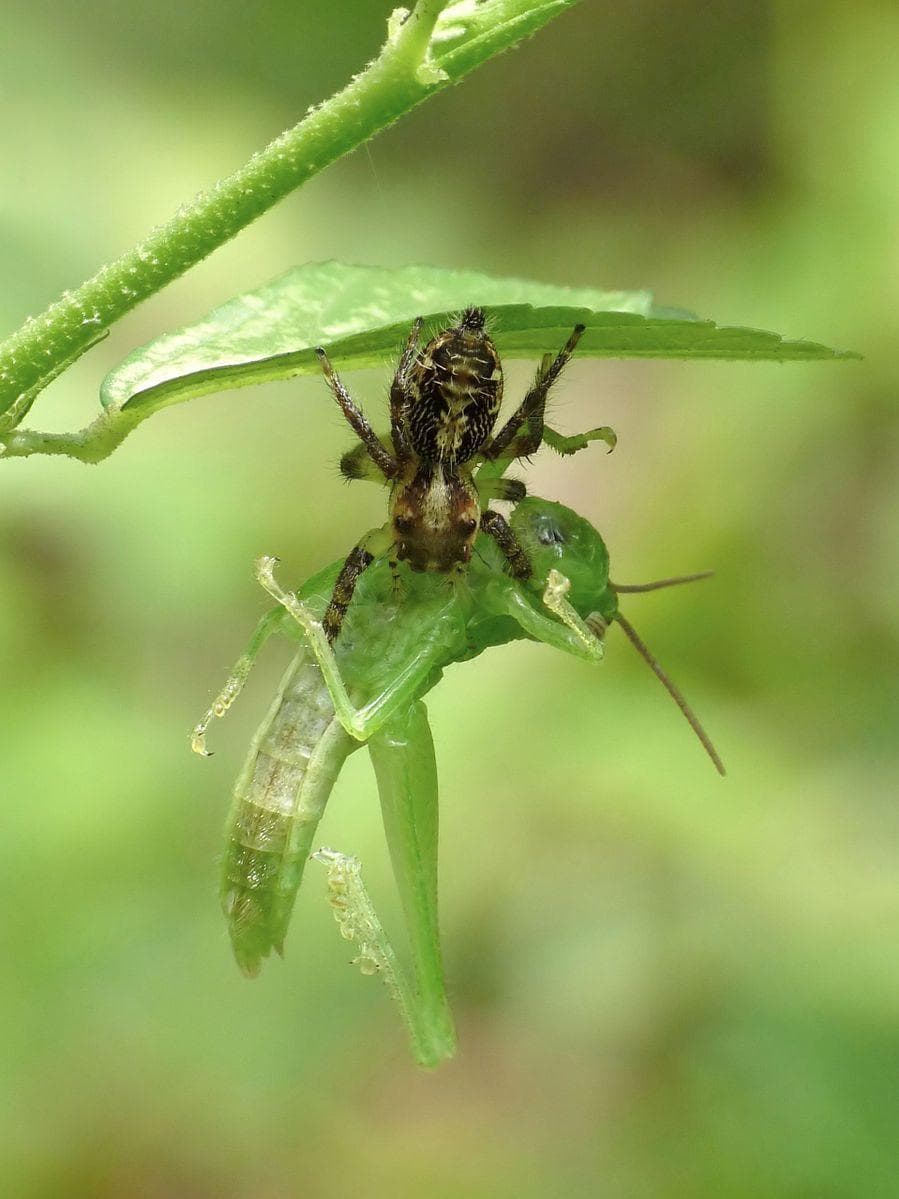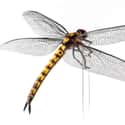(#5) It Had Huge Eyes
Like today's dragonflies, Meganeura had highly evolved eyes. The prehistoric insect's eyes were incredibly large; they helped the creature scout out prey.
When Meganeura spotted a frog or other favorable food source, it struck with sharp leg spines and mandibles.
(#4) It Lived In Fern Jungles Before The Dinosaurs
Meganeura lived during the Carboniferous period. The species thrived in the humid wetlands, and larval Meganeura lived in the water. During its juvenile phase, Meganeura preyed on aquatic insects and even fish. A strong jaw helped the prehistoric dragonfly hunt in the water and from the air.
Giant insects like Meganeura dominated the Earth for millions of years before the dinosaurs.
(#9) Its Size Might Have Helped It Avoid Oxygen Poisoning
Many scientists agree the atmosphere's higher oxygen concentration helped prehistoric insects grow remarkably large. But newer research suggests creatures like Meganeura might have ballooned to enormous sizes to avoid oxygen poisoning. In the larval phase, dragonflies live in water. And during Meganeura's time, higher oxygen levels led to more oxygen that dissolved in the water; larval Meganeura would have absorbed that gas.
Because high oxygen levels can harm living creatures, Meganeura could have grown to avoid oxygen toxicity.
(#12) Meganeura Fossils Were First Discovered In France In 1880
Explorers uncovered the first Meganeura fossil in France in 1880. It took five years for researchers to name the creature, but in 1885, French paleontologist Charles Brongniart dubbed the massive prehistoric dragonfly Meganeura because of its large-veined wings.
Additional Meganeura fossils turned up in both France and England.
(#2) It Had Sharp Teeth And Ate Meat
Meganeura hunted in an era before birds and bats existed. The species grew strong mandibles that gripped and carried prey. These appendages were toothed, making them even more formidable.
The giant prehistoric dragonfly hunted similarly to modern dragonflies, but it was large enough to prey on much bigger creatures.
(#6) Its Wings Were Surprisingly Strong
Meganeura's wings might look like those of modern dragonflies, but they were significantly stronger. In fact, the creature's name stems from its wings - it means "large-veined."
The wings sustained a network of veins for power and cross braces that provided additional strength.
New Random Displays Display All By Ranking
About This Tool
Related research shows that the Meganeura dragonfly is an insect that lived in the Carboniferous, and is similar in appearance to modern dragonflies. With its wings spread up to 75 cm, it is the largest insect species that have ever appeared on earth but Meganeura was extinct as early as 250 million years ago in the Permian Period.
In the Carboniferous period, the climate was warm and humid, and the earth became a paradise for all living things. Prehistoric dragonfly is not only huge in size but also fly fast. With the random tool, you could learn 13 fun facts about Meganeura.
Our data comes from Ranker, If you want to participate in the ranking of items displayed on this page, please click here.

